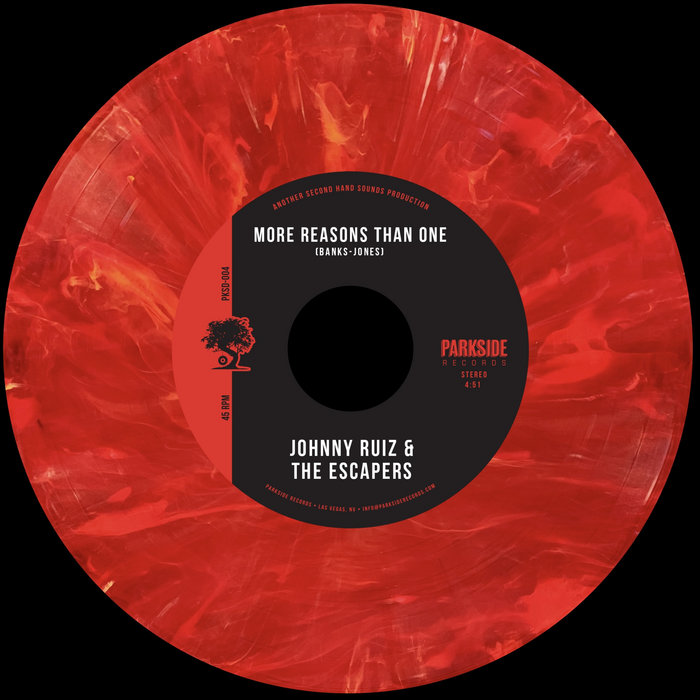
More Reason Than One – Parkside Records
this blog is GROOVY – check out great Soul, Funk, Jazz, Hip Hop, Bass, Breaks , Reggae, House n many more TUNES
When you think about reggae, the name King Tubby pops up like a shimmering beat in the back of your mind. This legendary figure didn’t just blow some smoke around; he literally transformed the soundscape of music forever. So, grab your headphones and adjust those bass levels as we dive into the funky world of King Tubby!
Born Osbourne Ruddock in 1941 in Kingston, Jamaica, our man King Tubby wasn’t born with a crown on his head—just a love for music and engineering. He started off working as an electrician but soon realized that mixing wires wasn’t nearly as groovy as mixing records. By the late 1960s, amidst a sea of ska and rocksteady tunes ruling the airwaves, he began experimenting with sound.
Now let’s talk dub. It went from being just another musical term to becoming its very own genre thanks to ol’ King Tubby’s innovative ways! He took existing reggae tracks—often recorded by other artists—and stripped them down using reverb, echo effects, and all sorts of sweet sonic wizardry. Imagine remixing your favorite song but making it twice as heavy while adding extra punch—that’s what he did!
With hits swirling around him like free-spirited dancers at a party, King Tubby created spacey instrumentals that let people vibe out in new dimensions: “Ain’t no party like a dub party ‘cause a dub party don’t stop!” 🥳
The Sound System Kings: In Jamaica during the ’60s and ’70s, big sound systems were basically mobile dance parties! These setups featured massive speakers blasting tunes across neighborhoods for all-night raves. There was so much rivalry between soundsystems; sometimes they’d even have contests where DJs would shoot lyrical jabs at each other.
Scientific Integration: King Tubby had an engineer’s brain combined with a musician’s heart! He was known for extracting different elements from songs to create unique versions—all while his buddies argued over who got to use which mic first!
Lee “Scratch” Perry: Known for not playing by anyone’s rules (except maybe gravity), Perry is one crazy character! His studio antics were legendary—he’d often wear outrageous outfits made from tin foil or travel dressed like extraterrestrial beings because “who doesn’t want their records touched by aliens?” 🌌
Mikasa Records? Nope! Just Mix-a-Records**: Yep—Tubby’s label was called “Dub Station,” yet there were times when friends joked it should’ve been named after any hilarious miscommunication they had.
Studio Mouse? More Like Studio Cat: Ever heard strange noises on some classic albums? Turns out many studios had cats roaming around keeping mice away—not that type—but it certainly added to quirky sounds lurking beneath those thick bass lines.
Gettin’ Sound Crazy: Some engineers say if you locked them up with vinyl records long enough without food or water…they’d probably start talking back to their machines claiming ownership!
King Tubby’s influence hit everywhere—from creating drum patterns that gave rise to hip hop culture (think DJ Kool Herc) all the way to shaping house music vibes today through sampling techniques derived straight from mischievous dubs.
His work paved paths for future giants like Scientist (who truly believed every mix should come with wild sci-fi concepts) or Mad Professor who made sure reggae/dub fusion stayed fresh across genres well into modernity.
So next time you feel like moving & grooving irresistible moves on Friday night remember—the roots run deep within this vibrant world celebrating creativity over convention!
And there you have it—a lively glimpse into how one man’s passion exploded onto global stages igniting fires underneath speakers worldwide! Whether you’re sporting dreadlocks or rockin’ that urban cool vibe under city lights every rhythm carries echoes inspired by days gone past thanks heavily due credit going straight towards this king himself—you know whenever someone drops “dubby” there’s always something lovely waiting underneath those layers explained above! 🎶
So let’s raise our drinks high because we owe these beats everything—a toast—to humble origins leading us toward transcendental euphoria fueled purely through pure grooves played masterfully loud enough until walls vibrate too… Cheers mates!! 🍻

More Reason Than One – Parkside Records